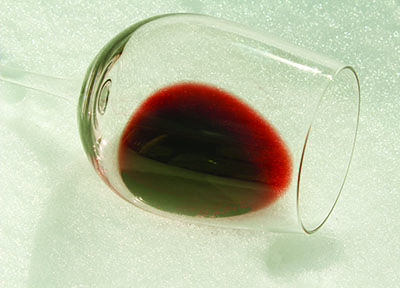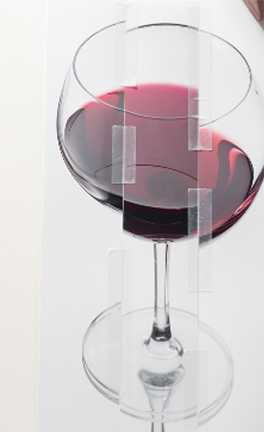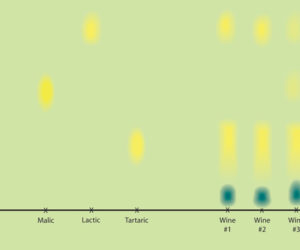 The judges for the WineMaker International Amateur Wine Competition see a continued improvement in the overall quality of wines they sample each year; but they still identify oxidation as the most common fault.
The judges for the WineMaker International Amateur Wine Competition see a continued improvement in the overall quality of wines they sample each year; but they still identify oxidation as the most common fault.
Oxidation is the result of too much air contact with your wine during the winemaking process as well as improper sulfite addition rates. Wines that are oxidized lose points in every category of judging. Oxygen causes wines to brown, and the longer they age the more visible the discoloration becomes; there goes points in appearance. It also detracts from the fruity aromas, and over time these wines take on scents of Sherry, walnuts, or vinegar; there goes more points before the wine has even hit the judge’s lips. Of course the taste is also going to be off as oxidized wines are sour, flat, or flabby. By this point, any chance of this wine receiving a medal is long gone.
So, what can we do to prevent oxidation? There are a number of measures and precautions that can be taken that relate to minimizing air exposure to the must and wine, and sulfite additions that protect against oxidation.
To start, transfer wines quickly, especially white wines because they are most prone to the effects of oxidation as they do not have the polyphenols found in reds that act as natural anti-oxidants. Another way to help keep oxygen out whenever you are transferring your wine is blanketing the container you are moving it into with inert gas beforehand. Once the wine is in the barrel or carboy, make sure to top up to limit the air space. In carboys, leave no more than ¾ inch (1.9 cm) of headspace between the wine and the bung. With barrels it is more difficult as wine breathes through the staves and joints and as wine evaporates it is replaced with air. Because of this, you should check the level of wine in your barrels twice a month, or more often depending on cellar humidity, and top up to the bung.
During racking is another time when wine can pick up excessive oxygen if not done carefully. When racking your wine be mindful to limit oxygen uptake by placing the siphon hose in the bottom of the container to be filled so that the wine does not splash. Using a vacuum pump when filtering will also limit air exposure by drawing air out of the carboy you are pumping wine into. Regardless of how careful you are, some oxygen will get into your wine during the process, and that is OK as yeast needs a limited amount of oxygen to survive. Excess oxygen after fermentation, especially in whites, is what you want to avoid.
Now that we have air exposure covered, let’s look at other adjustments you can make, starting with the use of sulfur dioxide (SO2). SO2 is used as a preventative against microbial spoilage, but it also reduces the effects of oxidation by scavenging oxygen and its harmful radicals. There’s a handy SO2 calculator at www.winemakermag.com/sulfitecalculator to help you determine addition rates.
Another recommended addition is ascorbic acid, which is used to reduce the effects of oxygen in white wines before bottling at a rate of 1⁄8 tsp per gallon (3.8 L) of wine. Ascorbic acid must be used in combination with potassium metabisulfite (Campden tablets) or it will act as a pro-oxidant if there is no SO2 protecting the wine. It is not recommended in reds because these contain much greater amounts of oxygen and, in the presence of ascorbic acid, could result in excessive amounts of oxidizing agents and premature oxidation.
Another consideration is storage. Heat and light speed up the effects of oxidation, so keep your wine in a dark place at cellar temperature (around 55 °F/13 °C).






